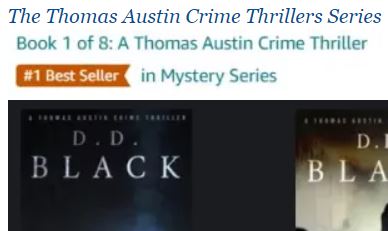
Or “Why your manuscript did not make it past the “SLUSH PILE” [Chanticleer’s Editor’s Note]
© Jessica P. Morrell
1. The writing style is flowery, cluttered with modifiers, or sloppy. Overuse of modifiers is one of the most obvious indicators of an unsophisticated or sloppy writer at work. The simple solution is to limit your use of modifiers and use them only when they contain information that a noun or verb cannot.
2. Mechanical errors such as spelling mistakes, grammar slip-ups, poorly constructed sentences, or punctuation problems. In an increasingly competitive marketplace, these errors will knock you out of the running. Editors and agents are only interested in professional, polished and error-free writing.
3. The conflict is weak or boring. Conflict ignites and powers a story. Your protagonist must be up against powerful opposition at every turn and must fight these forces with an all-out offensive.
4. The opening does not contain a hook. The opening of a story is a gathering of forces to be unleashed. Stories always open with a change in the protagonist’s circumstances and this change is usually threatening. Openings also introduce a question that needs answering.
5. The story and the individual scenes do not have a sense of tension building and suspense. Readers need a reason to keep turning the page and all stories need growing intensity until the climax or resolution. A story where the tension does not rise, without unanswered questions and a series of surprises and reversals, won’t captivate readers.
6. The manuscript is plagued with dialogue disasters: overly long exchanges; characters giving speeches; or, the dialogue contains no tension or conflict. Other problems: each character does not sound distinct, characters talk about mundane topics not relevant to the story, or speech tags are distracting and filled with adverbs. Properly utilized dialogue defines characters, provides information and pushes the plot forward.
7. There is too much telling, not enough dramatization. Whenever appropriate bring the story to your readers in scenes, where they can witness it unfold in real time. “Show, don’t tell” is a useful guideline for writers, but fiction is actually ‘told’ and ‘shown.’ A combination of both techniques creates the most effective fiction. Scenes are most effective when you’re revealing characters or complicated interactions between characters. Exposition is most effective when you’re filling in background information or moving quickly between two scenes. Too much showing or too many scenes makes the story too drawn out just as too much exposition makes it static. The best stories usually move back and forth between scene and description.
8. Characters are underdeveloped. In the best fiction the reader has a sense that the characters have existed before the story began and will carry on after it ends. Memorable fictional characters are richly drawn, consistent, with dominant traits throughout.
9. The ending doesn’t deliver or satisfy. The best endings are not contrived or convenient. They are the logical and highly dramatic culmination of the proceeding events. The climax is the highest emotional pitch of your story, a decision, a collision of forces, and settling of scores.
10. The point of view is muddled or inconsistent. The point of view is the filter or lens which we see the story through. It is crucial that you understand who is telling the story and why. Viewpoint characters are generally those who will be most affected by the events of the story. If you’re using a multiple point of view, strive for a logical and consistent pattern.
Another note from Kiffer Brown,
One way to make sure that your work is the best that it can be before LINE EDITING and COPY EDITING, is to have a professional manuscript evaluation or manuscript overview assessment of your work-in-progress. This assessment will alert you to any of the above issues before you have your work edited.
Click on this link or the one above for more information about manuscript overviews.
and finally, Number 11 – FORMATTING ERRORS and Erroneous Submissions
11. The manuscript format is inappropriate or contains errors. There are no exceptions to the guidelines for manuscript submission. Margins, line spacing, fonts, and formats must be adhered to or your manuscript will be ignored.
11a. The manuscript has been sent to the wrong person or house. For example, you send a category romance to a publisher that only publishes mainstream. Submissions require meticulous research and care. Whenever possible, make contacts in the industry and in general, send brief inquiries before sending any manuscript pages.

Jessica Page Morrell
Jessica Page Morrell is a top-tier developmental editor and a contributor to Writer’s Digest magazine, and she teaches Master Writing Craft Classes at the Chanticleer Authors Conference that is held annually.
Jessica understands both sides of the editorial desk–as a highly-sought after content development editor and an author. Her work also appears in multiple anthologies and The Writer and Writer’s Digest magazines. She is known for explaining the hows and whys of what makes for excellent writing and for sharing very clear examples that examines the technical aspects of writing that emphases layering and subtext. Her books on writing craft are considered “a must have” for any serious writer’s toolkit.
Chanticleer Reviews and OnWord Talks will interview Jessica for more of her writing tips and advice. Stay tuned! ~ Chanticleer
We are planning a writing craft workshop soon that will be taught by Jessica.






Leave A Comment